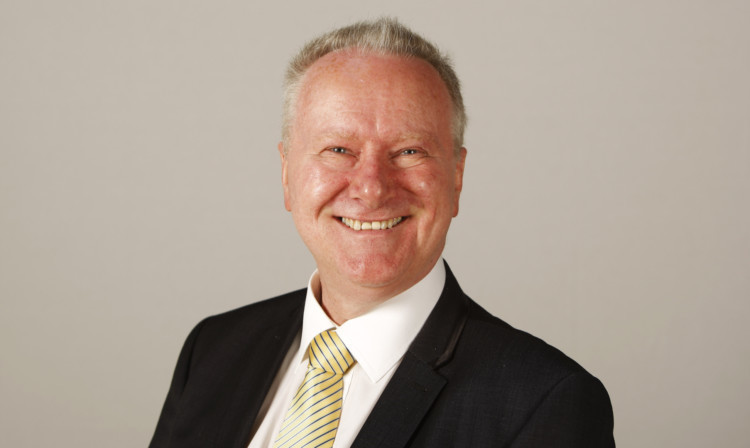More than £1.1 billion has been invested in frontline care over the last five years, thanks to efficiency savings in the NHS, according to a report.
Last year, health boards across Scotland managed to save £270 million – beating their target of making savings of 3%.
Health Secretary Alex Neil praised NHS staff for finding “innovative ways” of saving cash as he confirmed the health service was on track to meet its efficiency target for this year.
Savings have been made by measures such as reducing bureaucracy and improving practices to free up additional time for patient care.
A new IT system to manage patient transport has helped the Scottish Ambulance Service save more than £2.5 million while a change in practices at Hairmyres Hospital has resulted in 52% of patients seen by a cardiologist in the accident and emergency department to be discharged, rather that wait to be transferred to a cardiology ward.
Meanwhile, using portable oxygen cylinders has saved NHS Scotland £600,000 at the same time as allowing patients to be more mobile.
Speaking after the savings were revealed in the QuEST (Quality and Efficiency Support Team) annual report, Mr Neil said: “Our priority is to deliver the highest standards of care for the patients today and a more sustainable NHS for patients in the future.
“This report shows us that NHS boards are continuing to find new and innovative ways to save money to reinvest in frontline services – where it is needed most.
“By reinvesting this money we are able to deliver real changes for patients, like investing in our workforce to see Scotland have more qualified nurses per head of population than England.”
He added: “While we are striving to become more efficient with taxpayers’ money we remain committed to protecting spending on health and our latest £12.1 billion resource budget reflects a funding increase in real terms for both 2014-15 and 2015-16.
“In addition to this, our NHS has a long-term plan for improving both the quality of care and Scotland’s public health record while still protecting its financial future.”
